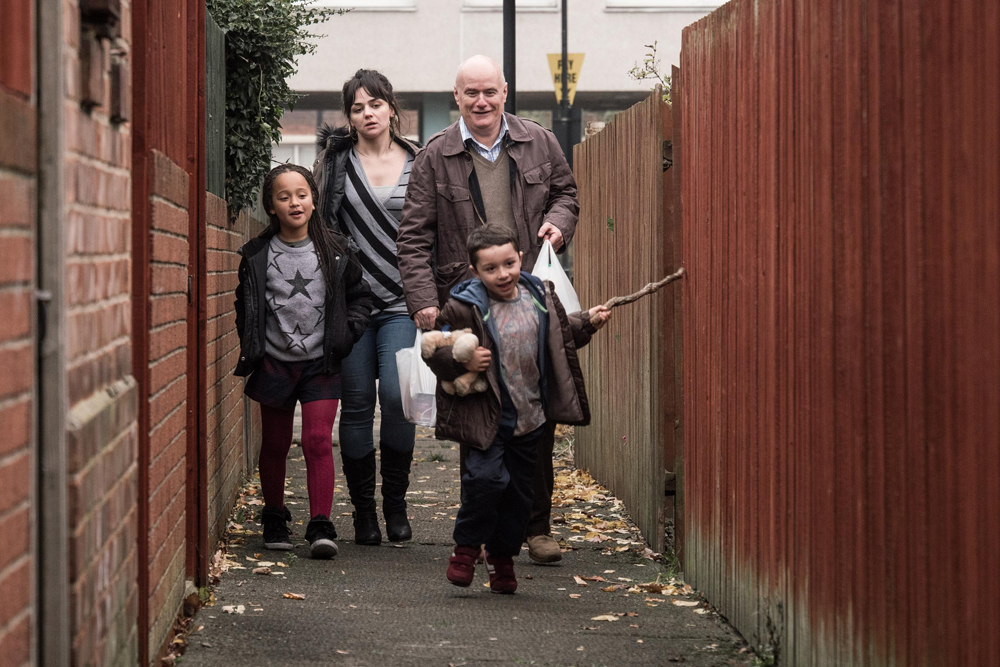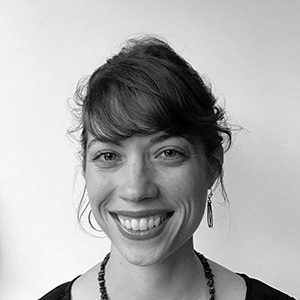Categories
Caitlyn keeps coming to mind. After a lifetime in disability services, Caitlyn has learned to be satisfied with very little. She does not enjoy her days in the factory, but at least she has a job. She does not like the support worker assigned to her, but at least someone helps with groceries and house cleaning. Asked to rate how satisfied she is with her services, she gives five out of five stars. “You won’t tell them I’ve said anything bad,” Caitlyn implores. “I don’t want them to be mad at me.”

For service designers, customer satisfaction is the measure of success. The consumerist logic is rather straightforward: satisfied customers > greater service usage > higher profitability.
For social service designers, like InWithForward, life satisfaction is the measure of success. The consumerist logic doesn’t play out. Caitlyn is a citizen, not a customer. She doesn’t pay for the service, government does. Higher profitability requires less service usage, not more. But, less service usage doesn’t necessarily translate into better life outcomes. Caitlyn needs an entirely different kind of service, one that would broker her to an informal support network and catalyze meaningful opportunities in the community. Challenge is, that’s not the role of typical disability services. Their key performance indicators focus on hours of direct care provided. Sure, a service designer could find novel ways for disability services to meet their targets. But, that would miss the point. The targets require redefinition.
It won’t come as a surprise, then, that social service design sits uncomfortably within the service design field. This was underscored at last week’s global convening of 600+ service designers. None of the keynote presentations featured a social service. None of the keynote presentations strayed from the dominant managerialist discourse of better bottom lines. None of the keynote presentations raised a moral question.
Yes, three of the service design award winners touched the social space. We were grateful that our adult learning platform, Kudoz, was an awards finalist. Philips walked away with an award for iCare, a pilot telehealth service to keep people out of hospital. iCare defined success in terms of reduced health care costs. Transformator won for Greenhouses, a project to inject ‘customer centricity’ into the Swedish employment agency. Success for them was improved customer trust. How trust improved employment outcomes or reduced income inequality was never discussed. The assumption was that more efficient and trustworthy public services produce more social value. Yet their numbers didn’t say that. All they said was that more efficient and trustworthy public services produced more value for the paying client.
The student award winner, Gayle Rice, offered an alternative conception of value. Her work on young people leaving state care explored ways to re-calibrate the power dynamic and increase people’s sense of agency. The project wasn’t a business exercise. It was a deeply human exercise.
All you need to do is watch the stunning film I, Daniel Blake to see how ‘customer centricity’ can strip services of their soul. The film follows Daniel Blake, after a heart attack, as he battles the United Kingdom’s ‘modernized’ and ‘digitized’ unemployment service. He loses. The message is stark. By conceptualizing Daniel as a persona, not a person, they are complicit in his death.
Now, no doubt, the film hyperbolizes for dramatic effect. Let me be clear: I am not suggesting service designers have ill intent, or actively bring about harm. I am suggesting that a more modern, efficient, and profitable service is not necessarily a good service. When the service design field only cites business statistics to affirm what is good, it devalues what it can offer. And it fails to differentiate itself from the ethical vacuousness of management consultancy.
But maybe service design doesn’t want to differentiate itself from management consultancy? Management consultancy is, after all, a growth industry. Last year, the US consulting market grew by 9% to well over $50 billion. By comparison, service design remains a young field fighting for its competitive place.
Professor Birgit Mager helpfully recounted the field’s recent history. The first definition of service design appeared in 1996. “Service design creates services that are useful, usable, desirable, efficient, and effective.” By 2009, the definition had evolved. “Service design choreographs processes, technologies, and interactions within complex systems in order to co-create value for relevant stakeholders.” What constitutes value or defines a relevant stakeholder wasn’t unpacked.
Interestingly, there are the same questions I’m left with after social innovation conferences. Like service design, social innovation is an emergent field with fluid boundaries. It too struggles for a distinctive identity and its insecurity can, at times, present as arrogance. I’m often told it’s not the time for critique. We have to be pragmatic. We have to secure our positions. We have to sustain our livelihoods.
If we focused only on sustaining our livelihoods, we would never venture into the deep social space. Right now, there isn’t a business case for working with small non-profits, let alone with people like Caitlyn who live on the margins. Small non-profits do not have the same economies of scale as government, and yet, in countries like Canada, are a big chunk of its safety net. Remarkably, they are often prohibited from billing for administrative costs above 5-10%. That means there is no resource to invest in better services or new categories of service. There is only resource to keep delivering the same old services.
But resource scarcity can also spawn opportunity. Over the past two years, we’ve witnessed highly constrained non-profits come together to pool what little resources they do have. That’s why we want to support more social organizations to collaborate, invest in service development, and shift short-sighted funding formulas and procurement policies. Over the next two years, we hope to create a network of non-profits with a shared R&D function and leverage relationships with funders to make a robust case for systems change.
To do this, we need social service design to gain some legitimacy. And the only way to do that is to broaden what is defined as success and consider some ethical parameters. A 200% increase in profits for a redesigned bookstore turned movie theatre plus juice bar clearly produces value for shareholders – but who are the losers? What does it do for reading and literacy rates? A premium service for engaged couples in the United Arab Emirates clearly produces a nice story for government – but does it widen inequality for people at the bottom of the pyramid?
Of course, it’s not the sole responsibility of service designers to attend to negative externalities. But, shouldn’t we be aware of them? Does the field have moral boundaries? If a foreign government were to offer a multi-million dollar contract to improve female genital mutilation services, would we say yes? Or would we say there is no way to improve something that is morally wrong? Whose outcomes do we really attend to? When do the people on the margins really get a voice – if they are never actually the paying clients?
At its worst, design exploits people’s latent needs & desires so they act in ways that are actually against their interests. At its best, design empowers people to understand their latent needs & desires and offers alternative futures from which they can choose.
We don’t claim to have the answers to all the fraught questions. But, we are more than ready to have the conversation. Get in touch if you want to join us.

